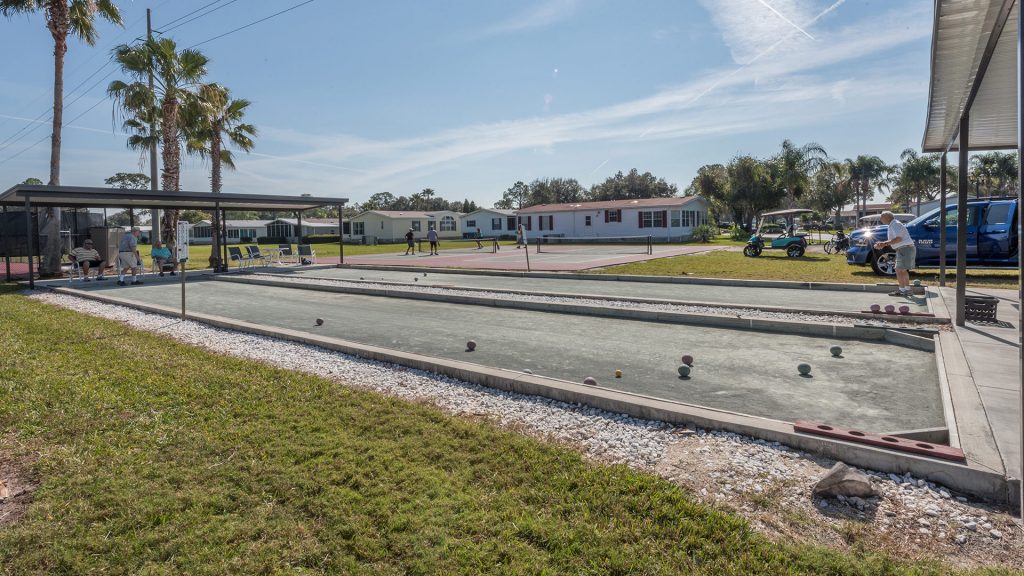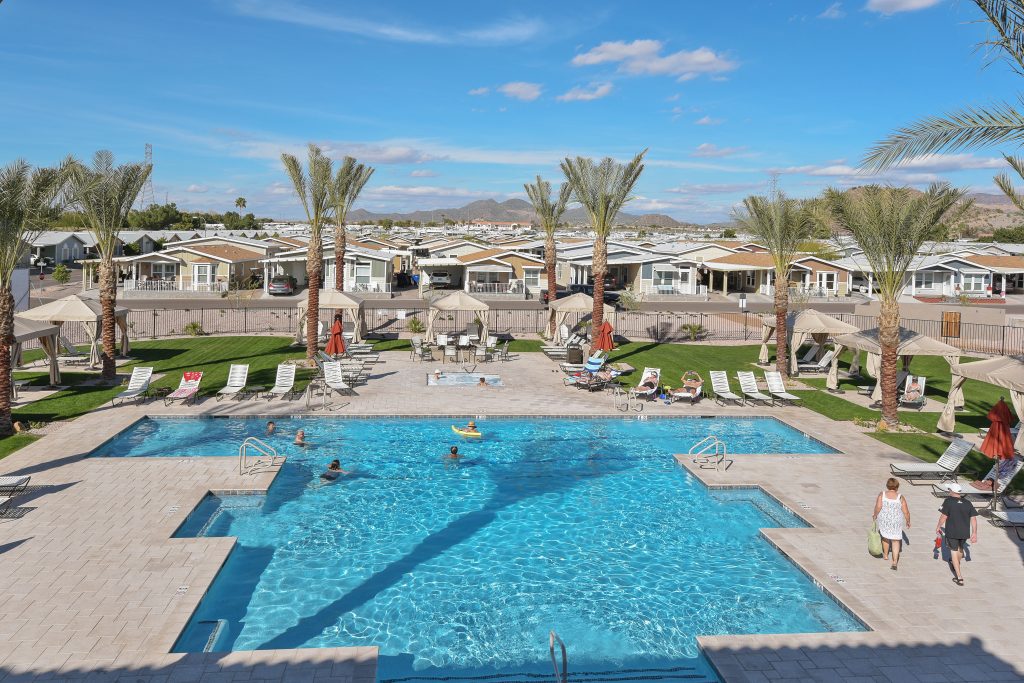Resident Relations Start With Firm But Personal Approach, MH Pros say
Hand-written “thank you” letters. Free cable and internet. Streetlights. New entrance signs. Landscaping. Those are just a few ideas community owners can use to build positive relationships with residents.
The MHInsider revisited several conversations it engaged in during 2018 to provide readers with a professional perspective on resident relations in manufactured home communities.
Amy McMahan, co-owner of Stoneoaks, a manufactured housing community in Longview, Texas, talked about the importance of building relationships.
“When your tenants feel worthy, there’s no end to what they’ll do for you,” she said.

Face-to-Face Conversations Can Save the Day
Just talking to a resident in person can make a world of difference, McMahan said. She used a story to illustrate her point.
Shortly after she and her partners bought Stoneoaks, McMahan noticed a resident who parked his “ugly” truck and trailer in his front yard, a violation of the community’s bylaws. McMahan said, with a touch of humor, that the resident was a bit “mean-looking.” The man was hardly ever seen. And he seemed unapproachable when he was out in the community, she said.
McMahan could have sent the man a letter or simply fined him for violating the park’s bylaws. But she was a new owner and wanted to establish good relations with her residents. So, she decided to just walk up and ask him nicely to park his truck behind his house.
His initial reaction was a “little bit Scroogy,” she said. However, by the end of the conversation he had agreed to move his vehicle. He hasn’t parked in his front yard since, she said.
“He surprised me, he was so willing to do what I asked,” McMahan said. “You get more with sugar than you do with lemon.”
Provide Residents the Chance to Make Positive Change
Another resident had a “ratty” chicken coop fence that was disallowed.
“I could have fined them immediately,” she said, but “since we were the new sheriff in town, we didn’t want to make enemies.”
McMahan simply walked up to the residents, told them the fence violated the park’s bylaws, and they took it down that day.
“It’s how you approach them,” McMahan said.
An impersonal or derogatory approach can backfire. Fining residents can be a hassle. But if you ask them nicely to comply, and they see that you’re trying to improve the look of their community, they’re much more likely to fall in line, she said.
“It saves money, the park looks better and, most importantly, you improve your relationships with your people,” McMahan said.

Equity LifeStyle Properties Holds Quarterly Meetings with Residents
Equity LifeStyle Properties’ Ron Bunce and Bruce Thelen of Sun Communities discussed building relationships from the perspective of corporate community managers.
Bunce, a senior vice president with Equity LifeStyle Properties, said no matter the size of the community, the manager must be visible and approachable. Annual training programs help Equity Lifestyle managers hone their resident-relations skills.
In disputes among residents, the manager must be a neutral mediator, unless there’s a blatant rule violation by one side. Equity LifeStyle Properties asks its regional managers to meet at least quarterly with resident groups to update the latest plans to pave a road, fix a pool or put a new roof on a building, for instance. Residents appreciate being kept in the loop, Bunce said.
If a resident gets upset or feels their issue is being improperly addressed by a manager, they can call the Equity LifeStyle Properties’ regional office. If they’re still unhappy, they can call the national office.
“Sometimes, they just get frustrated,” Bunce said. “We give them an outlet to address their concerns.”

Managing Community Reputation on Social Media
Another outlet that’s growing by leaps and bounds is social media. But that can be a double-edged sword.
Praise and complaints travel quickly on social media outlets, which require constant monitoring.
Equity LifeStyle Properties employs a team to do so. The team makes decisions about comments made on Equity Lifestyle Properties community sites. They may be selective as to which comments get a response, but all comments are reviewed and taken seriously, Bunce said.
In general, the quicker the response to a social media post, the more effective the response will be. Most problems can be solved by simply reaching out to the person who posted a comment. Let them know they’re being heard, he said.
On the other hand, if a customer says something favorable about an Equity Lifestyle Properties community, the company encourages them share the comment online. Positive feedback on sites like TripAdvisor, Travelzoo and Google can make a community’s reputation. Equity Lifestyle Properties constantly monitors its ratings on these sites, Bunce said.
Sun Communities Works Together with Residents on Conflict Resolution
Bruce Thelen, a senior vice president with Sun Communities, said his company monitors social media posts about its communities. Sun Communities’ policy aligns with the general online consensus that negative comments should not be removed, but should be responded to as quickly as possible.
Offline, Sun Communities requires every one of its community managers to have at least three contacts per day with residents — either in the office or by knocking on doors. An emphasis in the Sun Communities training sessions is placed on making employees comfortable having difficult conversations with residents. As a way to improve the focus on customer relations, Sun Communities’ regional managers will ask community managers about their most difficult resident, knock on that resident’s door and ask them what’s wrong. Simply having a conversation can often be enough to satisfy the resident, Thelen said.
He gave an example of a difficult conversation that led to a positive outcome. At one of Sun Communities’ RV resorts, an annual guest had a golf cart painted like the General Lee, the car from the 1970s-80s TV show “The Dukes of Hazzard” — right down to the Confederate flag. Other residents, offended by the open display of the Confederate flag, expressed concern to management.
The managers decided on a direct approach. They told the golf cart owner about the situation, which seemed to surprise him. He just liked “The Dukes of Hazzard”. The managers offered to pay for a new paint job — replacing the Confederate flag with the American flag — and the owner agreed.
“When addressed directly, in a respectful manner, the solution was simple,” Thelen said.










